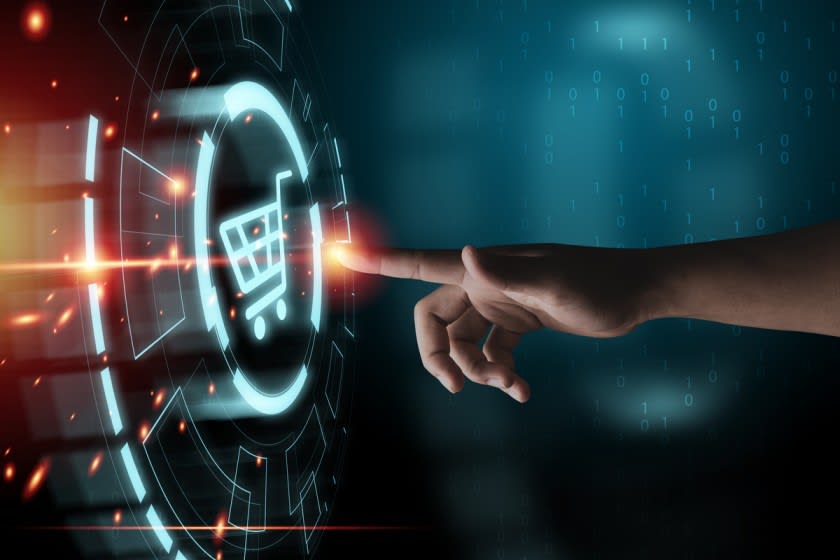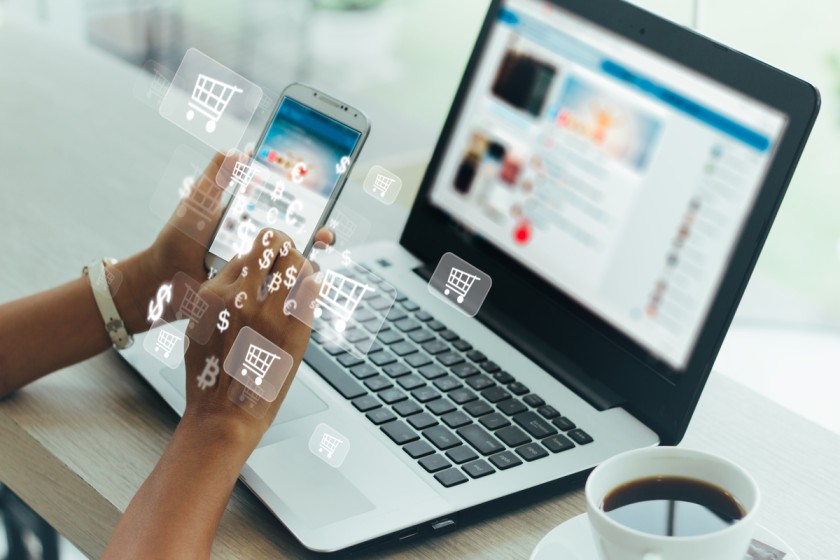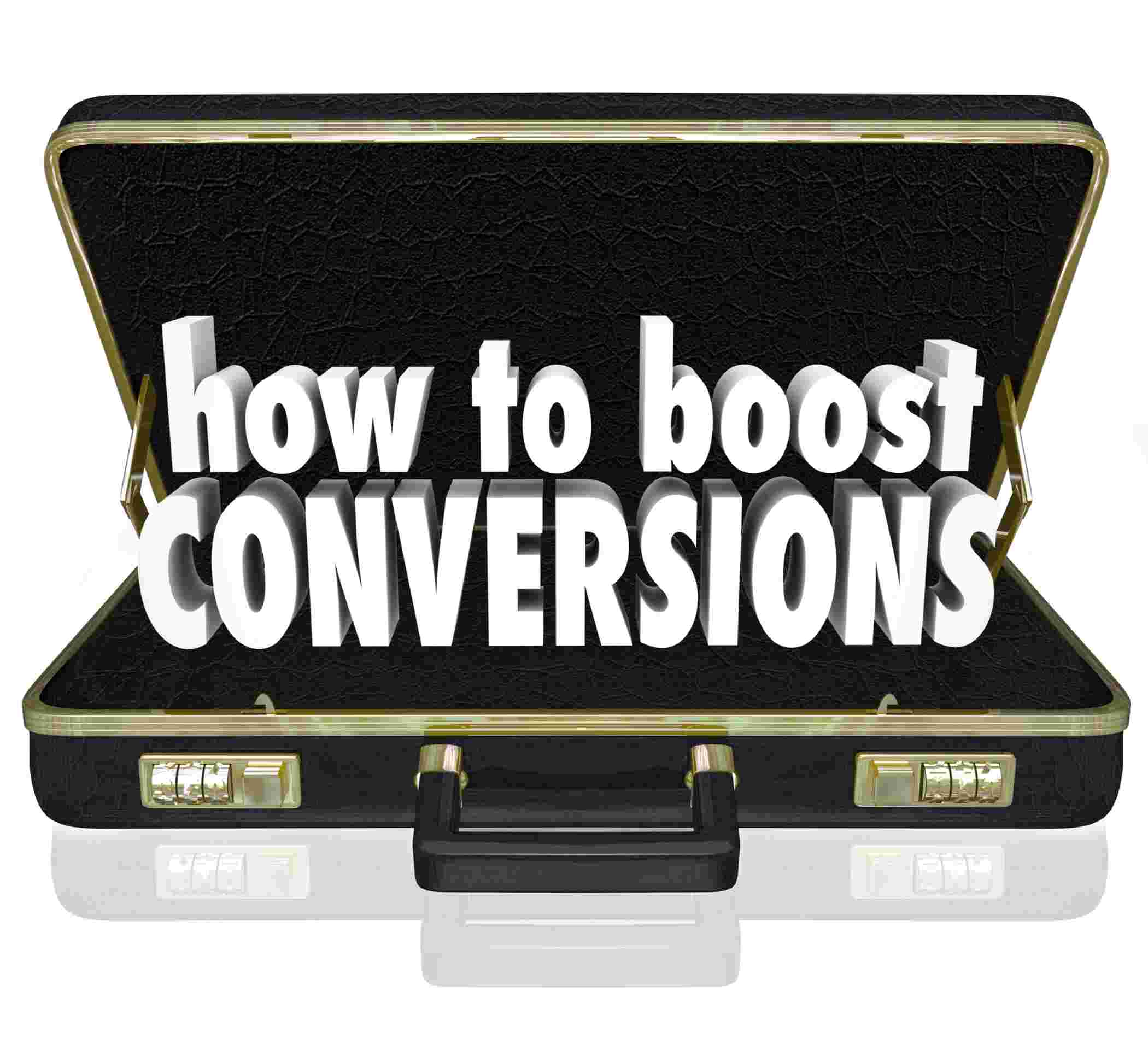IoT Is Making an Impact in Retail! Here's How!



What is IoT or the Internet of Things?
IoT, or the Internet of Things, denotes physical devices around the globe that are linked or connected to the internet. Kevin Ashton coined the term Internet of Things or IoT, intending to make it possible to connect various objects and work efficiently without the interference of humans. His honest initiative was to resolve the challenges related to logistics, supply chain, productivity, warehouse management, and inventory management, which are major concerns for retailers. IoT objects are loaded with sensors that work with digital intelligence. The Internet of Things has successfully made the world more intelligent, responsive, and efficient in using digital data. IoT mostly addresses devices that can connect with the network autonomously without human interference and don’t depend on internet connections for execution. For multiple reasons, IoT, or the Internet of Things, is getting bigger and better with each passing day. It has successfully marked its presence in connecting the world.
What role does the Internet of Things or IoT play in retail?
Internet of Things or IoT plays an efficient role in the retail business, warehousing, and stocking. It furthers the suppleness and competence of everyday objects. Retailers have been employing RFID or Radio Frequency Identification competencies for quite some time. When we talk about the application of innovative technologies, speedy enhancements in connectivity, and related instruments, the Internet of Things has brought about enormous progress. IoT has also received a massive boost from the prevalence of e-commerce businesses.
IoT aids in preserving the balance between online and offline merchants. The Internet of Things or IoT offers IoT retail stock proprietors multiple means to satisfy the demands of their customers more efficiently. The use of IoT in the retail industry is on the rise, and its functionality is being explored in various segments such as customer understanding, retail administration and supervision, data analytics, choice creation, warehouse and storehouse organisation, logistics, and transportation.
Adding IoT-equipped devices into the IoT retail business can help the retail industry be inventive and provide advanced solutions that fascinate and appeal to customers and help build long-lasting relationships. Internet of Things in the retail industry generates prospects for great collaboration in product distribution and providing facilities to customers.
Below are some ways how IoT is making an impact on the retail industry
IoT Helps Organise Stores
Internet of Things or IoT helps store owners arrange their stores in a more organised manner. They don’t have to struggle to place the products in a certain place and later remind themselves of the same. IoT helps in tracking the product location and also provides the best layout of the store by creating records containing the data with the help of the sensors. A concerned person can efficiently keep track of the products and replace them whenever required. IoT helps in simplifying the search process, thereby reducing inconvenience for both the customers and the business.
IoT also helps all kinds of retail services, from supermarkets to small stores, with capability management, optimisation, and business endurance.
IoT Promotes Happy Shopping
Internet of Things or IoT assists in gathering the details of shoppers’ preferences and their purchasing choices. The Internet of Things offers a better shopping experience to customers by helping them find what they need more quickly and smoothly. Store managers can assist customers with the help of IoT devices equipped with sensors and cameras. Algorithms help the shoppers gain a happy shopping experience. IoT helps them find the products and their price without the assistance of a store manager or other helper. It gives them the independence to shop at their convenience and personal pace.
IoT Enables Smarter Shopping
The Internet of Things or IoT provides opportunities for retailers to track the demand of the consumer. With the help of analytics secure SAS, it becomes easy for the store owners to meet the demands of the consumer. For instance, it becomes convenient for the store owner to provide an offer or discount to a particular consumer based on their visiting time or previous shopping list.
Beacons, or tiny Bluetooth devices, transmit notifications to smartphones based on location and area immediacy. This helps the customers to get notified about the discounts, offers, coupons, and special events. It also helps send reminders to the shoppers from time to time. This technique can add a satisfying experience to the shopper as well as the retailer.
With the help of IoT, retailers can also track the needs and customise as per the wants of the consumer as per their browsing history and the products they like. This method works efficiently to design a personalised shopping experience for the customers in the IoT retail market.
IoT Offers Easy Check Out

Radio Frequency Identification tags offer great relief to the storekeepers as well as customers. This technology helps in an easy checkout experience by helping customers skip a long checkout queue. With the help of IoT enabled Radio Frequency Identification tags, products in the cart are scanned at the exit gate of the store. The system scans and reads the price from the tags, and the payment is subtracted from the customer’s payment app. With this hassle-free technique, there will be a fair chance of the shopper revisiting the store in the coming future.
IoT Maintains Warehouses
A warehouse is a place where products are stored in bulk, and it is highly difficult to track certain products when demanded. This circumstance can unfavourably impact sales and customer gratification. IoT has made life much better with its significant features, as it takes charge of the operations in the warehouse. With the help of IoT technology, it has become easy to keep track of and locate products available in the warehouse.
IoT Tracks Supply Chain
IoT technology has made it possible to track the supply chain with the help of RFID and GPS sensors. It is easy to find more accurate statistics, like the storage details of the product, temperature or transit history. This data can be further utilised to expand the range of transportation and other obstacles for ensuring better delivery and a better shopping experience by reducing mishaps or damages to products. It helps the retailer avoid losses and customer dissatisfaction. This technology can help track the line of dealers, drivers, and salespersons managing the products. This data helps the retailer safeguard the process as it is operating as competently as possible and can help the customer to receive the product well in the given time.
LED, IoT, and Li-Fi
M2M digital signage can change the face of the retail market in a positive way with the help of indoor wireless visual communications technology LiFi (Light Fidelity). It operates on the code of light. Communication technologies take the help of visual light to communicate data with wireless connectivity. LiFi is plugged to be the standby of beacon skills in IoT retail. It is tremendously beneficial and provides mobile connectivity to shoppers.
Things to Take Away
IoT has begun to play a vital role in the developments and progress that we are witnessing in retail services. It makes things easy and reachable for the customers and retail business. Through IoT, retail business items are connected with GPS and other technologies that allow retailers to track products through the entire supply chain. It provides business owners with the opportunity to monitor the movability of products, identify and track the location as well as share accurate delivery dates and times. It is the need of the hour that every retail business should be IoT enabled. Retailers and business owners should steer their businesses towards IoT technology for the sustainability of their business and the satisfaction of their buyers.
If you are a fashion brand that’s into retail, connect with Fashinza to transform your sourcing methods and bring them up to date with modern times. Connect to simplify your sourcing today!



















